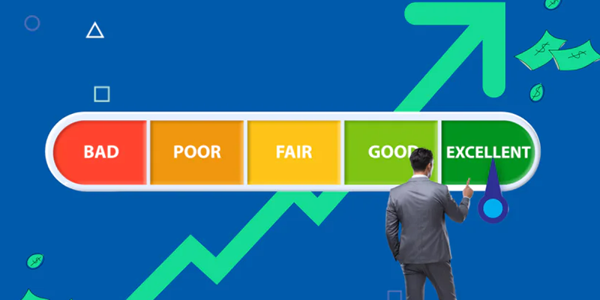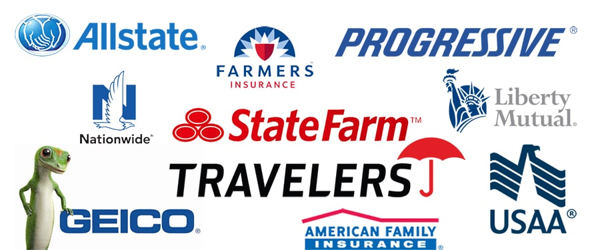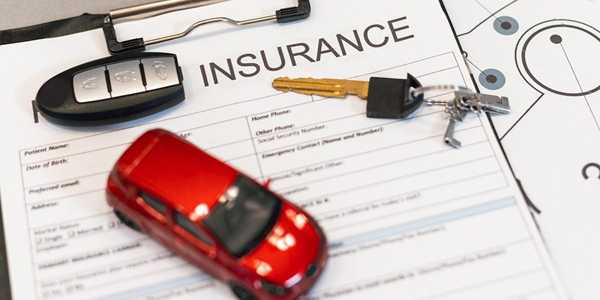Car Insurance Tips For Drivers With Bad Credit: How To Save Big
Is your credit score pulling down your chances of getting affordable car insurance? You're not alone. Many drivers are surprised to learn that their credit history not only affects their ability to obtain a loan or credit card but also significantly impacts the cost of their car insurance. In fact, in many states, insurers factor in your credit score to decide your premiums. A lower score? That usually means higher rates.
But here's the good news: bad credit doesn't mean you're stuck paying sky-high prices forever. There are innovative ways to lower your car insurance bill, even if you have a rocky credit report. In this guide, we'll walk you through practical, real-world tips that can help you save money and still get solid coverage. Let's get into it.
Why Does Bad Credit Impact Car Insurance Rates?
Before diving into the tips, let’s answer the question that’s probably on your mind: why does credit even matter in car insurance?
Insurers use what’s called a credit-based insurance score. It's not the same as your regular credit score, but it's based on similar factors, including your payment history, outstanding debt, and credit history length.
Insurance companies argue that there is a statistical link between poor credit and a higher likelihood of filing claims. So, they often charge drivers with low scores higher premiums to offset this "risk."
It might sound unfair, but it’s legal in most states—except California, Hawaii, and Massachusetts, where credit can’t be used to determine rates.
So, what can you do if your credit is less than ideal?
Shop Around—Don’t Settle for the First Quote
This is rule number one. Car insurance quotes can vary wildly from company to company, especially if your credit is less than stellar.
Some insurers place more emphasis on credit scores than others. So, even if one company offers a steep rate, another might provide a much more reasonable price.
Pro Tip: Use comparison websites to check quotes from at least five different providers. Better yet, contact a local independent insurance agent—they can shop around on your behalf.
Consider Non-Standard Insurance Companies

When traditional insurers offer sky-high rates, consider companies that specialize in covering high-risk drivers.
These companies are often more flexible and understand that life happens—bad credit doesn’t always mean you’re a bad driver.
You may not get all the bells and whistles in coverage, but you can still obtain legally required protection at a more competitive rate.
Choose a Higher Deductible
A quick way to lower your premium? Increase your deductible.
Your deductible is the amount you pay out of pocket before your insurance kicks in. The higher the deductible, the lower your monthly payments will be.
Let’s say you raise your deductible from $500 to $1,000. That could reduce your premium by 10–20%.
Just make sure you have enough savings to cover that higher deductible if you get into an accident.
Look for Usage-Based Insurance Programs
If you’re a safe driver, a usage-based insurance (UBI) program could be your secret weapon.
These programs track your driving habits through a mobile app or a plug-in device. They monitor things like:
• Speed
• Braking patterns
• Mileage
• Time of day you drive
If you drive responsibly, you could score significant discounts—sometimes up to 30%—even if your credit isn't great.
Bundle Policies When You Can
Do you have homeowners or renters insurance? Bundle it with your car insurance.
Many insurance companies offer discounts when you have multiple policies with them. It’s a simple way to save that doesn’t require changing how you drive or what kind of car you have.
Keep Your Coverage Clean
One of the most effective long-term strategies for improving your rate is staying claim-free.
Avoiding tickets, accidents, and late payments shows insurers that you’re low risk—even if your credit score says otherwise.
Safe driving over time can qualify you for things like:
• Accident-free discounts
• Good driver programs
• Loyalty rewards
It may take a year or two, but this kind of consistency pays off—literally.
Ask About Every Available Discount
Most insurance companies offer numerous discounts, but they often don't advertise them openly. You need to ask.
Here are a few examples to check for:
• Defensive driving course completion
• Good student (if you’re under 25)
• Paperless billing or auto-pay
• Low annual mileage
• Vehicle safety features like anti-theft systems
Every little bit adds up.
Drive a More Affordable Car
It may not be what you want to hear—but the car you drive plays a significant role in your insurance rate.
Luxury vehicles, sports cars, and models with expensive replacement parts will almost always carry higher premiums. On the other hand, vehicles with high safety ratings and lower repair costs tend to be more affordable to insure.
If your credit is causing your rates to spike, consider switching to a more insurance-friendly car. It could slash hundreds off your annual bill.
Pay in Full (If You Can)
Insurers often charge extra for monthly payments—especially for drivers with low credit scores.
If it's financially possible, pay your policy in full for six months or a year. Some providers offer a discount simply for doing this. Splitting it into two larger payments (as opposed to six smaller ones) could help you save.
Improve Your Credit Over Time
This tip is more of a long game—but it can have the most significant impact in the long run.

If you can gradually boost your credit score, you’ll likely unlock better insurance rates down the line.
Here’s how to get started:
Pay bills on time
Payment history is the most significant factor in your credit score.
Lower your credit utilization
Try to keep balances below 30% of your credit limit.
Avoid opening too many new accounts
Too many hard inquiries can negatively impact your credit score.
Check your credit reports regularly for errors (you can do this for free at AnnualCreditReport.com) and dispute anything inaccurate.
Getting the Coverage You Need—Even with Bad Credit
Having bad credit can be frustrating—but it doesn't mean you're powerless. By being innovative, proactive, and informed, you can work around high insurance rates and still get coverage that fits your needs and budget.
Use the tips in this article to take control of your car insurance costs. Shop around, ask the right questions, drive responsibly, and look for every discount available. And over time? That score can improve—and your rates can too. Being behind the wheel might not change—but how much you pay for it definitely can.





